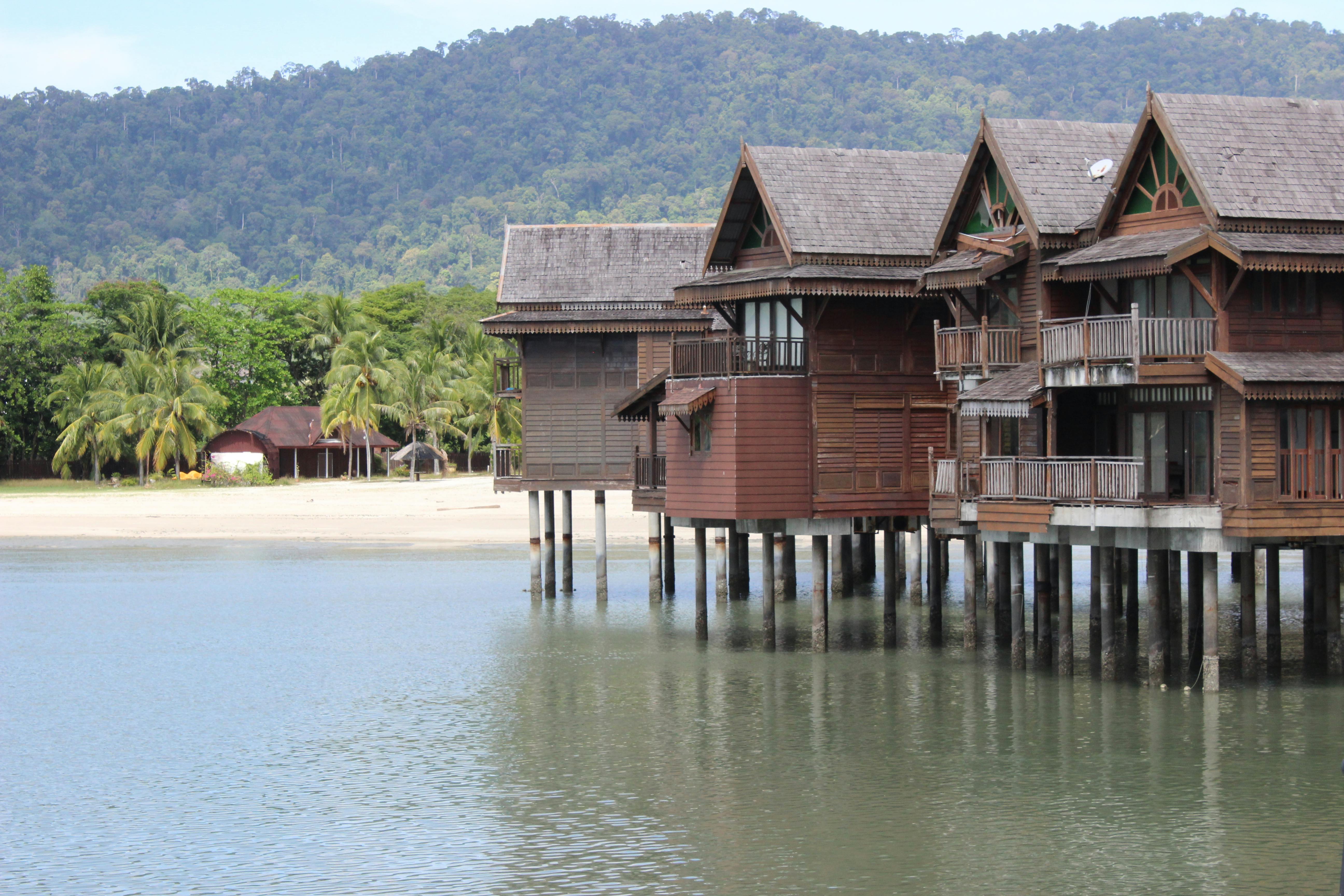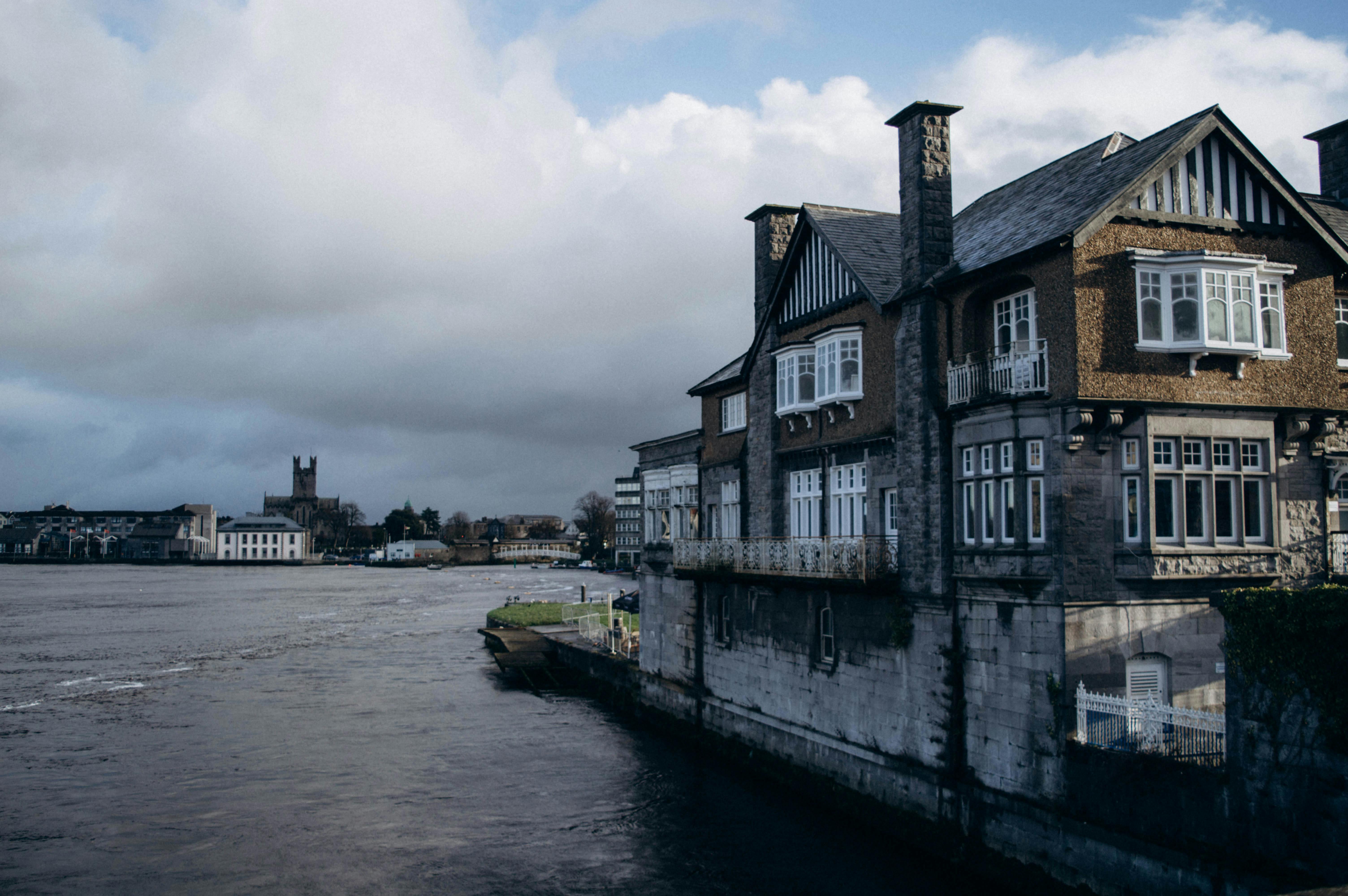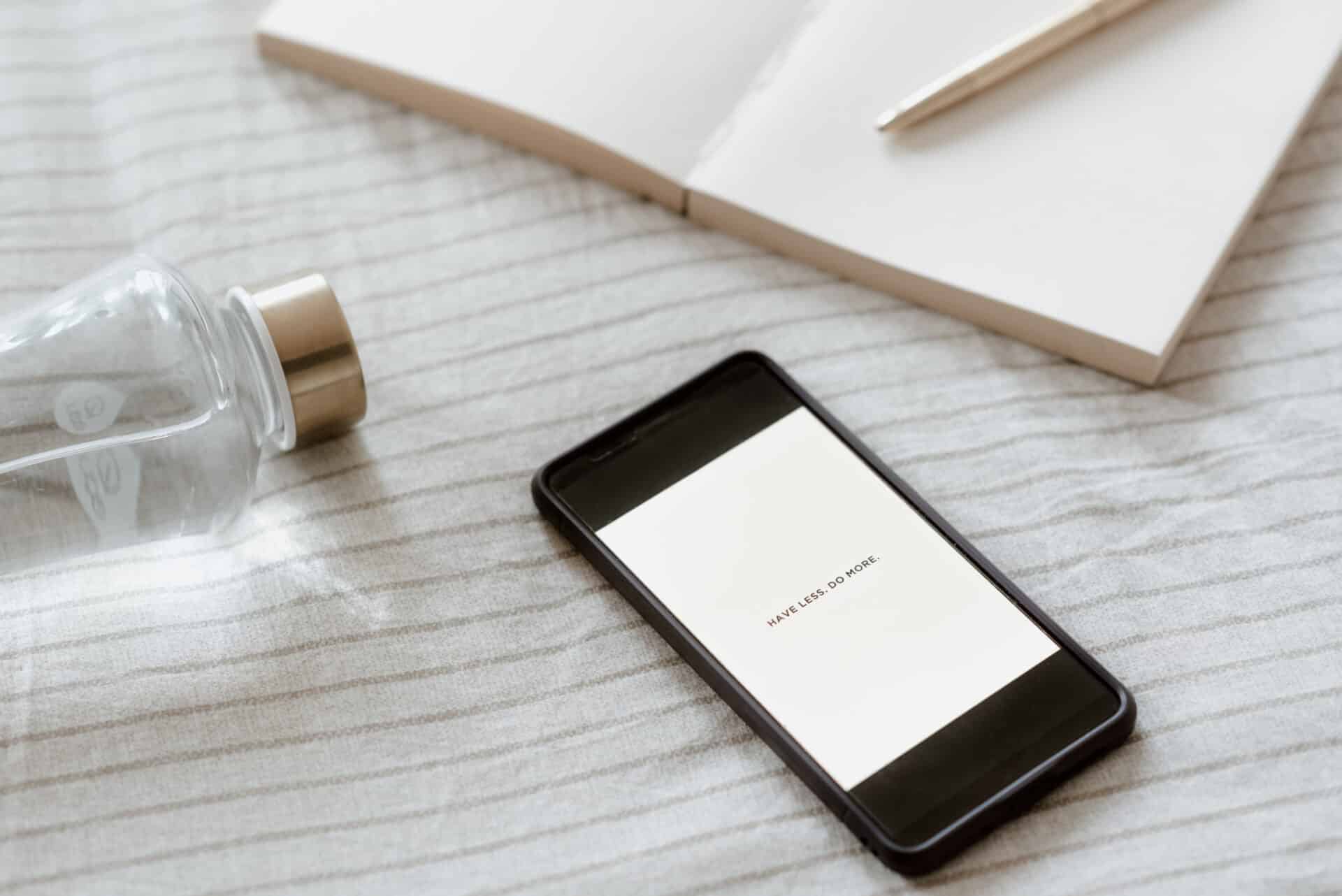Distilling water at home is a great way to ensure that the water you are consuming is of the highest quality. It can be done easily and safely with minimal equipment and supplies. In this guide, we will look at the basics of distilling water at home, including what you will need and how to get started. We’ll also discuss some common techniques for distilling water as well as potential safety considerations. With this knowledge, you’ll be able to confidently and safely distill your own water at home.The benefits of distilling water at home are numerous. Distilled water is pure, containing no minerals, chemicals, or other contaminants that can be found in tap or even filtered water. Distilled water is also much better for drinking due to its lack of impurities, and it can also be used for other household needs such as cooking, cleaning, and more. Furthermore, distilling your own water at home is more cost effective than purchasing pre-distilled water from the store. Lastly, distilling your own water gives you complete control over the quality of the distilled water you consume.
What Is the Process of Distilling Water?
Distillation is a process used to separate liquid mixtures based on differences in their boiling points. It is a process of purification that involves boiling a liquid and condensing its vapor in order to collect the pure liquid. Water distillation is a common method for purifying water, which involves boiling the water, collecting the steam, and then cooling it back into liquid form. The result is clean and pure drinking water.
In the distillation process, water is heated until it boils and vaporizes. As it rises in temperature, impurities such as salt and other contaminants are left behind in its original form. The vapor then travels through a condenser where it cools down, turning back into liquid form and collecting any remaining impurities on the sides of the condenser. The resulting water is now free of any impurities or contaminants.
The process of distilling water has been used for centuries to make drinking water safe for consumption and can also be used to remove excess minerals from hard water or to create distilled spirits such as vodka or whiskey. It has become increasingly popular as an alternative to buying bottled water due to its affordability and convenience. Distilling your own water at home can also be an effective way to ensure it’s free from toxins like lead or other heavy metals that may be present in tap or well water sources.
The process of distilling water does not require any special equipment; however, you will need access to clean, filtered source of drinking water such as tap or well-water. You will also need a large container with a lid (such as a pot), some tubing, and something to collect the distilled liquid (such as another container). Once you have all your materials together, you’re ready to begin distilling your own drinking water at home!
What Equipment Is Needed to Distill Water?
Distilling water is a process that involves heating water to the point of evaporation, and then condensing it back into liquid form. In order to do this, you will need specific equipment. This includes a heat source, distillation container, condenser and collection container.
The heat source is used to boil the water until it evaporates. This can be done with an open flame, electric hot plate or other type of heating device. The most important factor when selecting a heat source is that it must be able to reach temperatures high enough to cause the water to evaporate.
The distillation container is needed to hold the water while it is being heated. This can be a pot, kettle or other type of vessel that can hold liquid and withstand high temperatures without breaking or melting.
The condenser is used to cool the steam so that it condenses back into liquid form. This can be done with an ice bath or by running cold water around a metal coil in the center of the distillation container. The condenser also prevents any contaminants from entering the distilled water as it cools down.
Finally, you will need a collection container to receive the distilled water once it has been cooled and condensed back into liquid form. This can be a large jug or bottle for storing the distilled water for future use.
Once you have all of the necessary equipment in place, you are ready to start distilling your own water at home!
How Long Does It Take to Distill Water at Home?
Distilling water at home can be a great way to ensure that the water you are drinking is safe and free of contaminants. However, the process of distilling water takes time, and it’s important to understand how long it will take before you start the process.
Generally, distilling water can take anywhere from two to four hours, depending on the amount of water being distilled and the type of distiller being used. If you are using a countertop distiller, for example, it will usually take about two hours for every gallon of water that is distilled. Larger distillers may take up to four hours for each gallon of water.
The time it takes for your home distiller to complete its cycle will also depend on how much electricity or heat is being supplied to the unit. If you are using a smaller unit that does not require a lot of power or heat, then it will likely take less time than if you were using a larger unit with more energy requirements. Additionally, if your distiller is not properly ventilated or has poor insulation, then it may take longer for the cycle to complete.
Finally, when determining how long it takes to distill water at home, remember that some models may require additional time after the cycle has completed in order to cool down and clean itself. In some cases this can add an additional hour or two onto the total time needed for distillation.
Overall, when trying to figure out how long it takes to distill water at home, keep in mind that there are many variables that can affect how quickly the process is completed. Depending on your specific model and set-up, as well as your local electricity and heat sources, the amount of time needed may vary significantly from one situation to another.
How Much Does It Cost to Distill Water at Home?
Distilling water at home is an economical and efficient way to purify contaminated water. Distillation is a process that uses heat to evaporate the water, leaving behind any contaminants or impurities in the liquid. The steam can then be collected and condensed back into pure, clean drinking water. The cost of distilling water at home depends on the type of system you choose and the size of your home.
The simplest way to distill your own water is by using a pot, stove, and lid. This method requires very few supplies and is one of the least expensive ways to distill water at home. All you need is a pot, stove, lid, and container for collecting the distilled water. You can easily purchase these items for less than $20.
If you want something more efficient and automated, you may want to consider purchasing a countertop distiller or a reverse osmosis system. These systems range in price from $150-$500 depending on their size and capabilities. Countertop distillers are relatively small devices that extract contaminants from your tap water by boiling it before condensing it into pure drinking water. Reverse osmosis systems use pressure to force contaminated tap water through a semi-permeable membrane which filters out contaminants before releasing clean drinking water into your home’s plumbing system.
If you are looking for an even more advanced solution, there are whole house systems available as well. These systems require professional installation and cost anywhere from $2,000-$6,000 depending on the size of your home and type of system you choose. Whole house systems offer comprehensive purification of all the tap water in your home by removing any harmful chemicals or contaminants before they get into your plumbing lines or fixtures.
Overall, distilling your own drinking water at home can be an economical solution for providing clean and safe drinking water for your family. With so many options available for different budgets and needs, it’s easy to find a system that works best for you and fits within your budget constraints.

Distilling Water at Home
Distilling water is a great way to purify water and remove many contaminants from it. It is a simple process that can be done at home with just a few supplies. Here are some tips on how to distill water at home.
First, you will need to get the supplies. You will need a large pot, some water, and either a thermometer or hydrometer. You will also need something to collect the distilled water in, such as a bowl or container.
Once you have your supplies, you can begin the distillation process. Fill the pot with water and place it on the stove to heat up. Place the thermometer or hydrometer in the pot so that you can monitor the temperature of the water as it heats up. Once the temperature reaches boiling point (100 degrees Celsius), turn off the heat and allow it to cool down slightly before moving on to the next step.
Next, place your collection container above or near the pot of boiling water. As steam rises from the boiling water, it will condense into droplets of pure liquid which will then fall into your collection container. This is how distilled water is created – by removing impurities from regular tap water through condensation.
When collecting your distilled water, make sure that you change out your collection container periodically in order to prevent bacteria growth from occurring inside of it over time. Also, be sure to take safety precautions when working with hot liquids such as wearing gloves and protective eyewear when handling boiling hot pots of liquid and pouring distilled liquids into containers for storage or consumption later on.
Distilling water at home is an easy and cost-effective way to purify tap water for drinking purposes or other needs such as cleaning around the house or watering plants outdoors. By following these steps above, you can easily create clean and pure distilled waters every time!
Safety Considerations for Distilling Water at Home
Distilling water at home can be a safe and beneficial process, but it is important to take the necessary safety precautions. First, it is important to make sure you are using only food-grade materials for the distillation process. If you are using a glass container for boiling and collecting the water, make sure it is made from borosilicate glass, as this is specifically designed to resist heat and pressure. It is also important to use clean, filtered water as the source of distillate.
It is also important to make sure that all surfaces involved in the distillation process have been properly sanitized beforehand. This includes all containers used for boiling and collecting the water, and any hoses or other items used during the process. Additionally, it is important to monitor the temperature of the boiling water closely, as this can cause dangerous steam or even an explosion if allowed to get too high.
Finally, it is also important to wear protective eyewear during distillation processes that involve boiling water. Hot steam can be hazardous if it comes in contact with your eyes or skin. Additionally, you should keep hands away from any hot surfaces that are part of the distillation process, as these could cause burns if touched without proper protection. Following these safety precautions will help ensure that you can safely and effectively distill water at home.
Distilling Water at Home
Distilling water at home is a great way to ensure you are drinking clean, safe water. With a home distiller, you can purify your own drinking water from tap or well water. Distillation removes any impurities or chemicals from the water, resulting in a pure and safe product. Distillation also removes unpleasant tastes or odors, making the water more pleasant to drink.
How Does Water Distillation Work?
Water distillation works by using heat and steam to separate the pure liquid from any impurities in the source water. The distiller heats up the source water, creating steam which then rises and condenses on the cooler surfaces of the distiller. This condensed liquid is then collected as purified drinking water.
Benefits of Distilling Water at Home
Distilling your own drinking water at home has numerous benefits. It is cost-effective and easy to do with a home water distiller. It also ensures that you have access to clean, safe drinking water that does not contain any contaminants or impurities from the source. In addition, distilled water tastes better than tap or well water because it does not contain any unpleasant tastes or odors that may be present in untreated sources of drinking water.
Where Can I Find More Information on Distilling Water at Home?
If you are interested in learning more about distilling your own drinking water at home there are many resources available online. You can search for detailed instructions on how to set up a home distiller and how to use it properly. There are also many websites dedicated to providing information about home distillation and how it works. Additionally, there are several companies that sell pre-made home distillers that come with detailed instructions on how to use them properly and safely.

Conclusion
Distilling water at home is an easy process that requires some basic equipment, such as a pot or stove top, a heat source, and a container for the distilled water. With these supplies, you can easily distill your own water in the comfort of your home. The process is simple and requires minimal time and effort. Additionally, it is an effective way to ensure that the water you are drinking is safe and free from contaminants.
Overall, distilling water at home is an easy process that anyone can do with minimal effort and supplies. It is important to understand the necessary steps involved in order to make sure that you are distilling your water correctly. By following these steps, you can be confident that the water that you are drinking is clean and safe for consumption.

